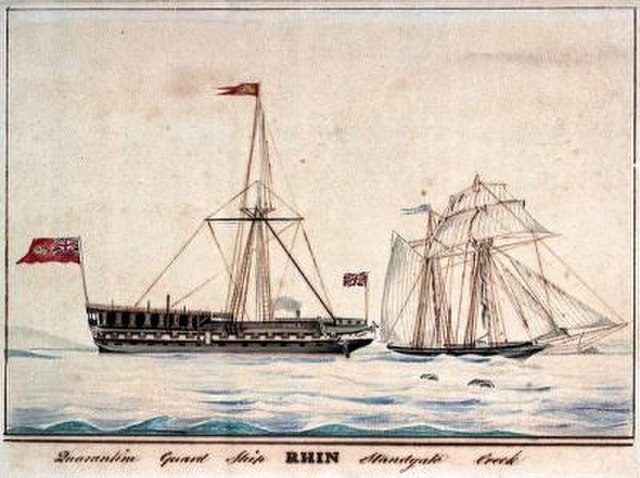A stay-at-home order, safer-at-home order, movement control order – also referred to by loose use of the terms quarantine, isolation, or lockdown – is an order from a government authority that restricts movements of a population as a mass quarantine strategy for suppressing or mitigating an epidemic or pandemic by ordering residents to stay home except for essential tasks or for work in essential businesses. The medical distinction between such an order and a quarantine is that a quarantine is usually understood to involve isolating only selected people who are considered to be possibly infectious rather than the entire population of an area. In many cases, outdoor activities are allowed. Non-essential businesses are either closed or adapted to remote work. In some regions, it has been implemented as a round-the-clock curfew or called a shelter-in-place order, but it is not to be confused with a shelter-in-place situation.

Many jurisdictions in the United States have referred to their stay-at-home orders by the slogan "Stay home, stay safe."
A sign in Rendsburg, Germany indicates that the playground is closed.
Variable-message sign along Interstate 95 in Prince George's County, Maryland telling people to stay home and only travel for essential purposes during the COVID-19 pandemic
A quarantine is a restriction on the movement of people, animals and goods which is intended to prevent the spread of disease or pests. It is often used in connection to disease and illness, preventing the movement of those who may have been exposed to a communicable disease, yet do not have a confirmed medical diagnosis. It is distinct from medical isolation, in which those confirmed to be infected with a communicable disease are isolated from the healthy population. Quarantine considerations are often one aspect of border control.
US President Richard Nixon greeting the Apollo 11 astronauts in NASA's mobile quarantine facility
The quarantine ship Rhin, at large in Sheerness. Source: National Maritime Museum of Greenwich, London
Isolating a village in Romania whose inhabitants believe that doctors poison those suspected of cholera (1911)
The quarantine hospital building (lazaretto) at the historic Columbia River Quarantine Station near Knappton, Washington







